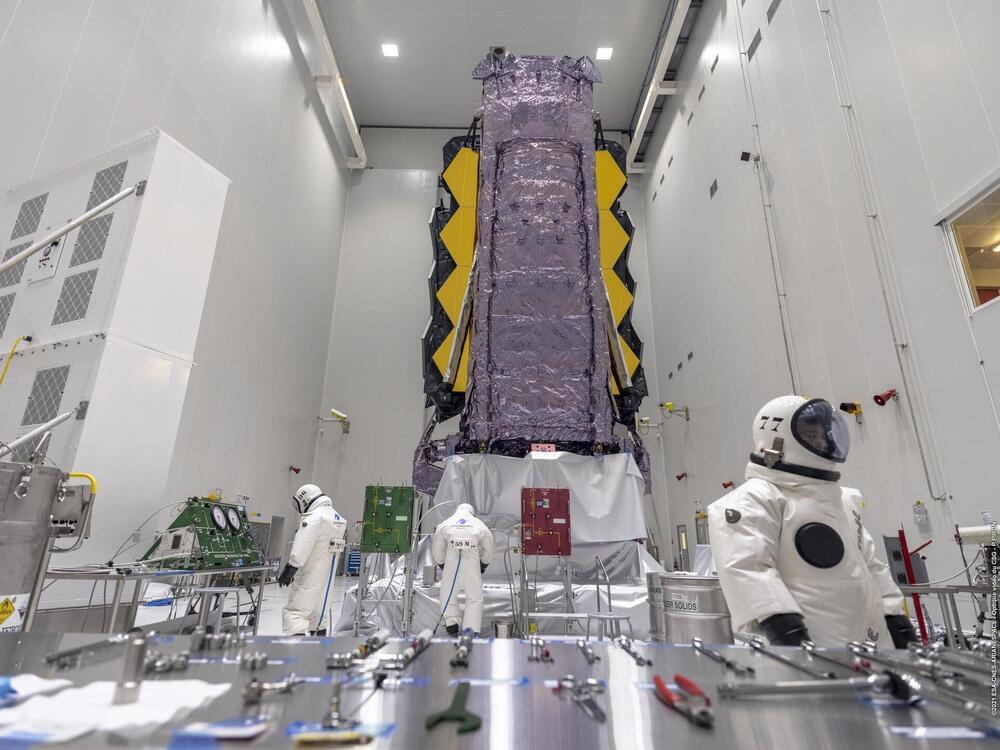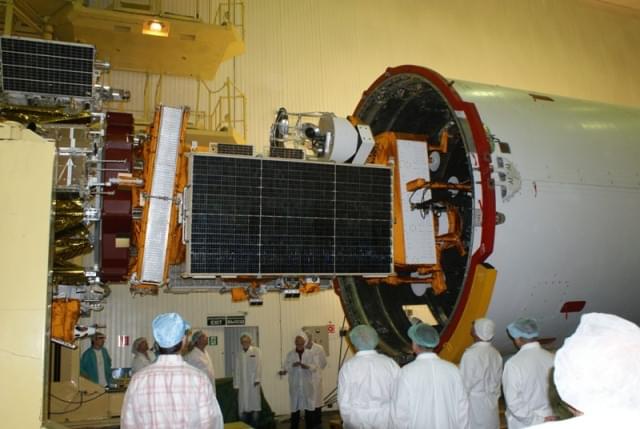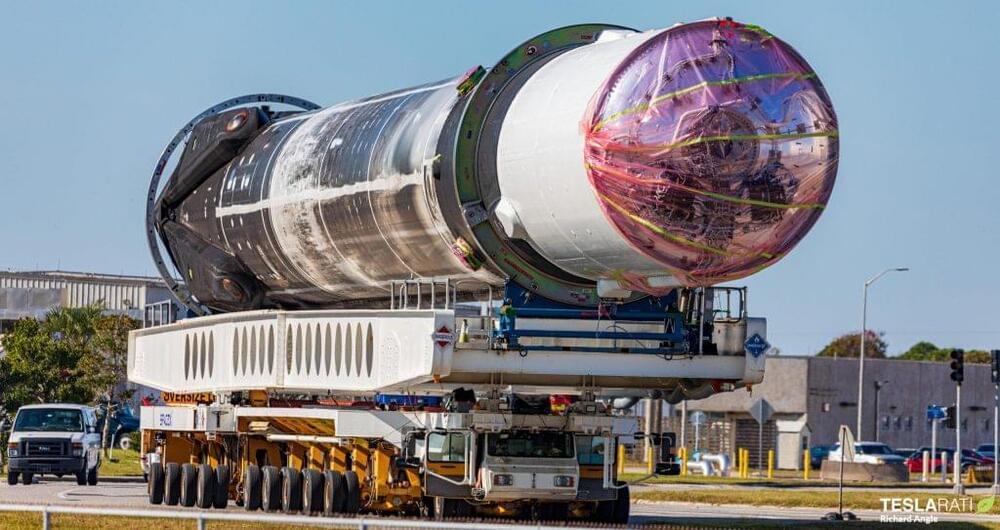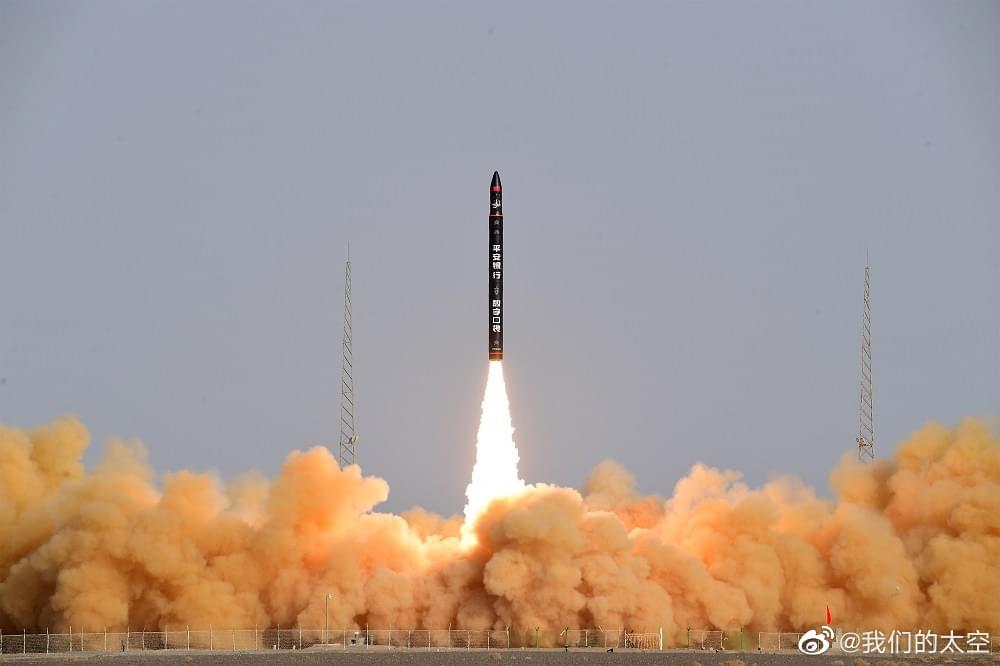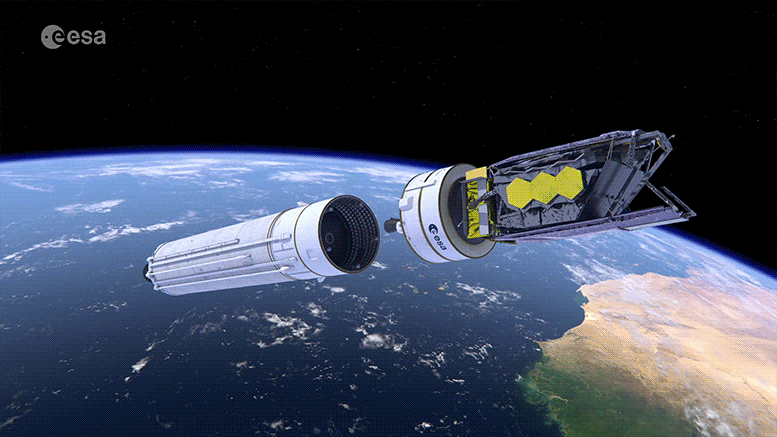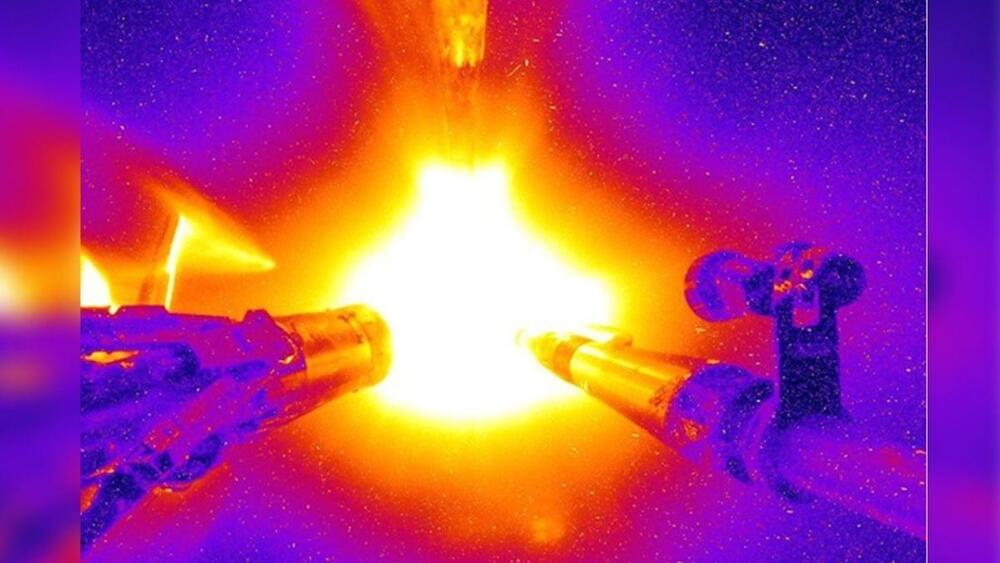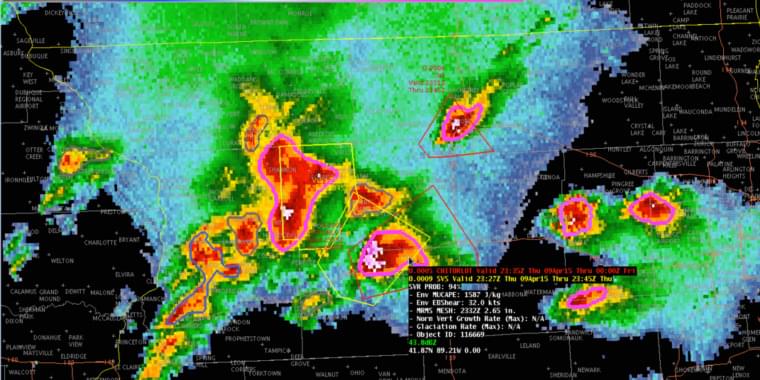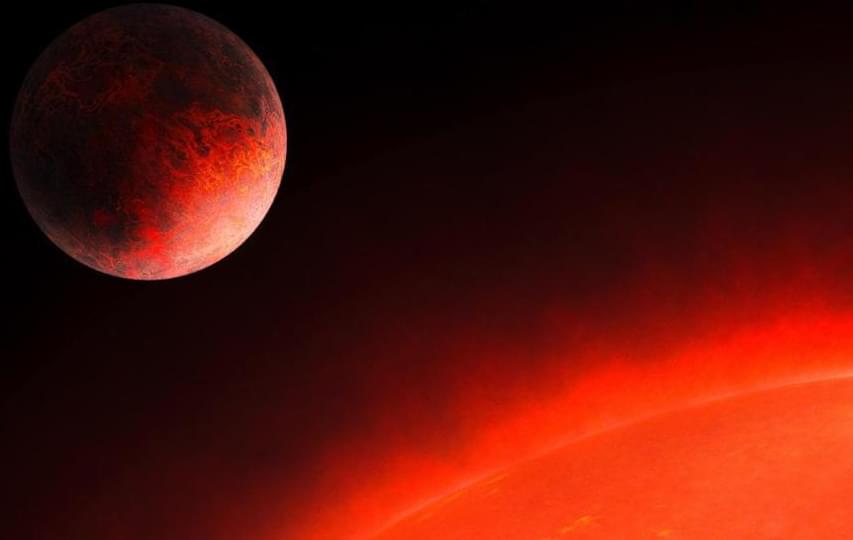Dec 11, 2021
After 10 Days of Dangerous, Careful Work, James Webb has Been Fully Fueled up
Posted by Alberto Lao in category: satellites
After many MANY delays, the James Webb Space Telescope is fully-fueled and ready for the final stage of preparations before launch (still on for Dec. 22nd)!
On Oct. 12th, 2021, after years of waiting and cost overruns, the James Webb Space Telescope (JWST) finally arrived safely at Europe’s Spaceport in Kourou, French Guiana. The crews began unboxing the next-generation observatory and getting it ready for integration with the Ariane 5 rocket that will take it to space. Then, an “incident” occurred where a clamp band suddenly released, sending vibrations throughout the facility. Once again, the JWST’s launch date was pushed back while crews investigated the source of the problem.
Continue reading “After 10 Days of Dangerous, Careful Work, James Webb has Been Fully Fueled up” »
